by James Williams
Your roof is one of the most important parts of your home, if not the most important part. If something happens to the roof of your home, you are in for some serious repair costs and repair procedures. Although there are many kinds of roofs available for a home, one type of roof that it becoming more and more popular are metal roofing. Containing unique advantages when compared against other their clay and asphalt counterparts, metal roofing is becoming more and more common. Just like their clay and asphalt counterparts, there are different types of metal roofing, each containing their own features, benefits, and things to watch for.
Contents
Anybody who is even remotely interested in replacing their clay or asphalt roof with a metal one needs to familiarize themselves with these types of metal roofing, this way they can make a quality decision on a metal roof. Understand that a roof is a very long term investment. They are designed to exist for at least 25 years, so when you make a decision on a roof, you need to be as informed as possible. Metal roofs separate themselves from clay and asphalt roofs in many ways, and here are a few of them.

Both clay and asphalt roofing are typically composed of shingles. When a clay and asphalt roof is installed, these shingles are placed and attached onto the foundation of the roof. Most metal roofing are composed of sheets, but some of them use shingles in their construction as well. Because metal roofing uses sheets, anything that encounters them will slide off of said roofs much easier than with clay and asphalt. This is true even if the metal roofing is comprised of shingles.
Another thing that separates metal roofing from other kinds of roofing is that they are much more thin than other roofing. This means they are lighter and will require a lot less support than asphalt or clay shingle type roofing. In nearly all cases of roof installation, the entire previous roof needs to be removed before the new roof can be installed. This is not the case with certain types of metal roofing. Certain types of metal roofing can be simply applied right on top of a new roof without any additional effort. This will be mentioned when exploring the various types of metal roofing. Asphalt and especially clay roofing will not rust at all, and this is what makes it different from metal roofing in a good way. Metal roofing can be a burden instead of an asset if you live in an area that encounters a lot of rain or places that can get very damp or humid. Metal roofing can rust because of this.
Remember that metal roofing is also generally lighter and thinner than other kinds of roofing, and if you live in a place that encounters strong winds, you’ll probably not want metal roofing because of the wind’s propensity to damage the roof.
Now that you have a general understanding of what metal roofing can offer and what to watch out for with metal roofing, it is time to explore and analyze the different types of metal roofing. These types of metal roofing will be compared not to clay and asphalt roofing but against each other, since those are the comparisons that count when it comes to metal roofing in and of itself.
Something that definitively sets metal roofing apart from other kinds of roofing is how diverse they are. Clay and asphalt roofing is also diverse, but it is easy to tell the different types of clay and asphalt roofing apart. This is not the case with metal roofing, and that is why it is necessary to be informed about the details of the many types of metal roofing. There are three different types of metal roofing, each with their own unique qualities. They are all suitable for different situations.
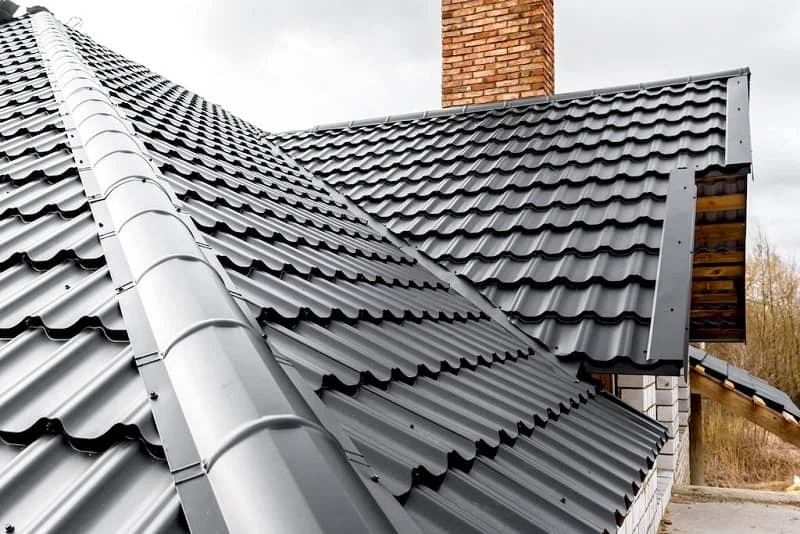
This is the most common form of metal roofing, and instead of shingles, it uses panels. These panels contain different gauges to determine how thick they are. Steel roofing panels with G-60 panels are extremely thick. They are much more durable than clay or asphalt and will ensure that they will never get dented or damaged. Install a G-60 steel roof if you live in a crowded area where you know that stray debris will hit your roof. G-90 panels are a little less expensive, but also not as thick as their G-60 counterparts. Still, they remain an effective alternative to asphalt and clay in their own right. If you want to replace your asphalt or clay roofing for metal roofing, begin with steel roofing.
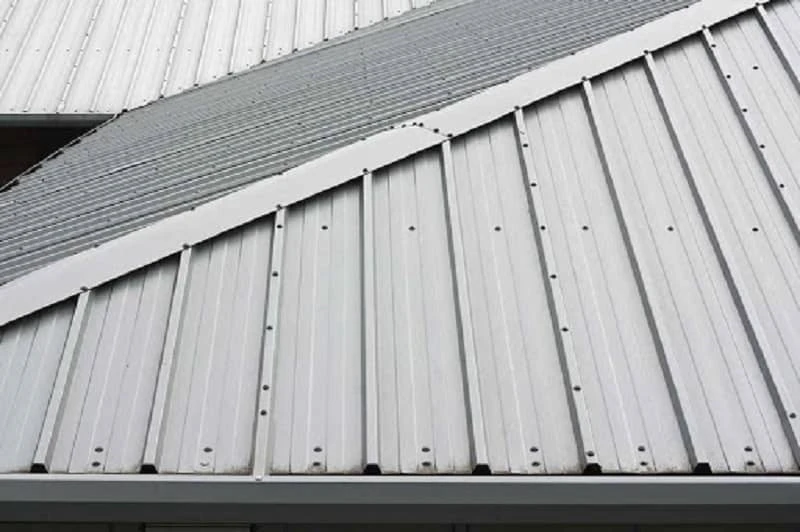
The problem with clay, asphalt, and certain metal roofing is that it is not recyclable at all. Very few roofing materials are eco friendly, and this is unfortunate. What sets aluminum roofing apart from other metal roofing and other roofing materials at large is that it is indeed recyclable. It can be refurbished and used again and again. It may take a lot of energy to create aluminum roofing, but they make up for it by being recyclable. Aluminum roofing is also durable in a different way than other kinds of metal roofing are. Other kinds of metal roofing will rust; aluminum does not.
However, you must understand that aluminum roofing is not as physically durable as other kinds of metal roofing, which means they are a little more prone to denting and being damaged by debris that lands on top of it. Of all the types of metal roofing, aluminum is one of the lightest.
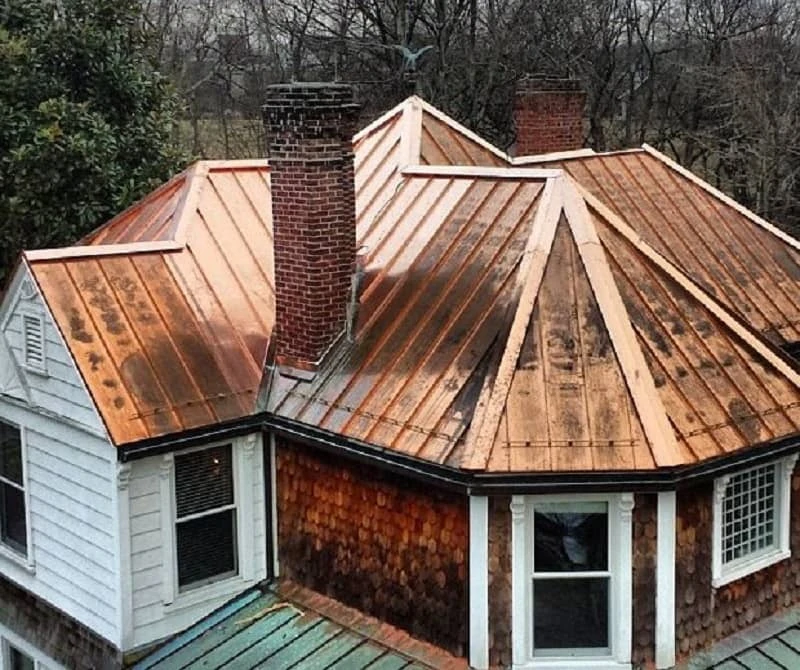
All things considered, most metal roofing costs about the same as clay or asphalt roofing. The only exceptions are copper, alloy, and stainless steel metal roofing, collectively known as high end metal roofing. These three particular kinds of metal roofing are expenses because of how effective they are. Think of these as “upgrades” to the previous two types of metal roofing. Copper roofing will quite literally last forever. Because they do not have any kind of finish that could scratch or peel and are easy to recycle, copper roofing is extremely valuable.
Another thing that makes copper roofing so valuable is that they can be installed right on top of any other given roof without requiring the former roof to be removed. Alloy roofing is incredibly durable and is probably the most durable metal roofing in existence. Although it cannot be recycled, it will also last longer than clay or asphalt roofing. Similar things can be said about stainless steel roofing. The trouble with generic steel roofing is that it can (and does) rust over time. This does not happen with stainless steel roofing. Those are the available types of metal roofing materials that are out there. But what kind of form do you want the metal roofing to take?
Generally, there are two forms of metal roofing that need to be discussed: Sheet like panels and metal shingles. Both of these have their own characteristics and they too need to be analyzed.
Knowing what kind of metal roofing material is best for your home is one thing, but what about the physical form of the roof? Learning about this is just as important and knowing what kind of metal roofing material is best because different metal roofing forms have different characteristics and serve different functions. There are two major forms of metal roofing: Panels, which usually resemble a sheet, and shingles, which are practically the same as the shingles you see on clay or asphalt roofing structures.
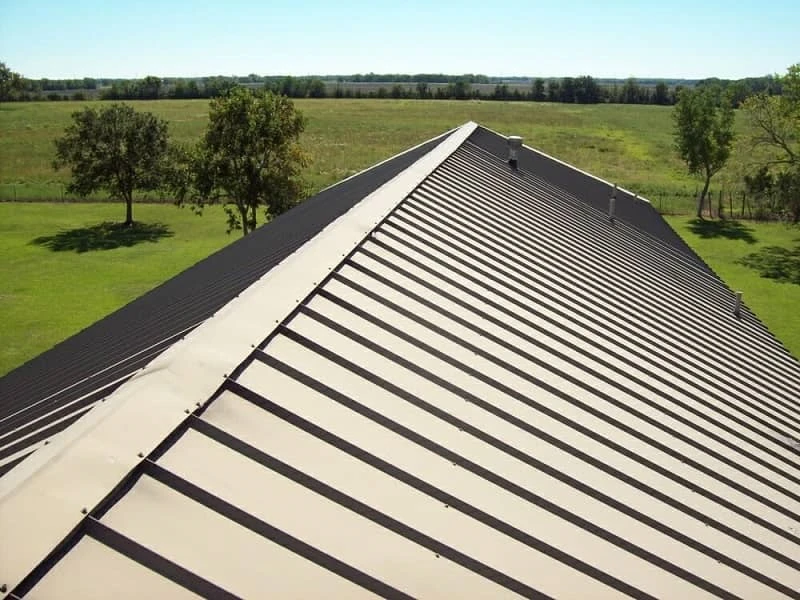
This is the first of two styles of panel metal roofing. Standard seam metal roofing contain raised ribs along the edges of the panel. These two interlock to provide a tight seal that will prevent water from entering any part of the interior. Because they are very flat, standard seam metal roofing is perfect for any home that encounters a lot of rain or snow. The rain and snow won’t stay on top of the roof for very long and will easily slide off the edge of the roof and either into the gutters or onto the ground. A variation of standard seam metal roofing is batten roofing. Batten roofing is practically the same as standard seam metal roofing, only it contains a wider cover cap.
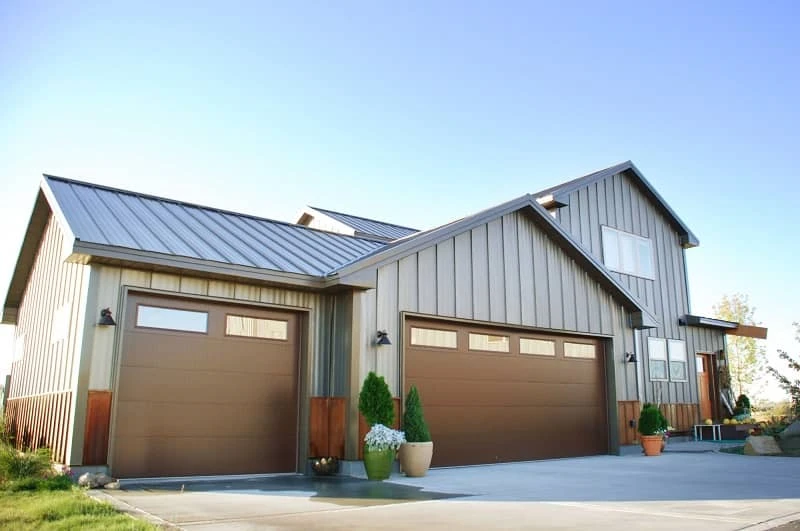
While this form of metal roofing still resembles a flat panel, only they are overlapped, meaning they can screw into any given roof. Corrugated panels are generally designed to provide a temporary repair for a small structure while you take the time and effort to get a brand new roof put in. They will not last long, are not very durable, and are really only designed for small structures.
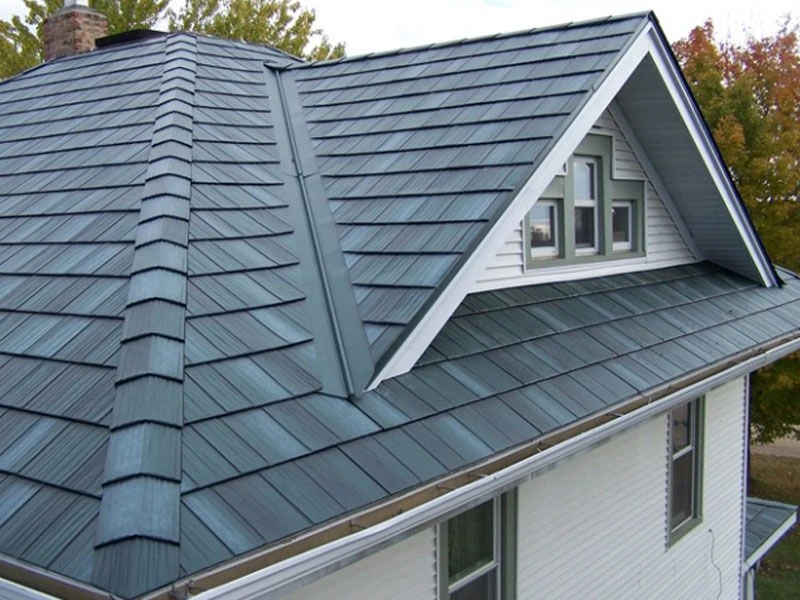
In most cases, metal shingles are practically identical to their clay or asphalt counterparts, only they are made with metal materials. Modern roof technology has made it possible to take whatever material described above and form it into spanish, mission, wood shake, slate, or victorian shingle designs. The only difference is that unlike with clay and asphalt shingles, metal shingles will provide all the benefits of any given metal material as a roof.
Read More About: Different Types Of Rain Gutters
It is very easy to get overwhelmed when exploring options in metal roofing. Because they are relatively new compared to their clay and asphalt counterparts, it can be difficult to determine which metal roofing material and which form of metal roofing will serve as a new roof that is durable, will stand the test of time, and is cost-effective. Fortunately, all the information you need about all of this is above, and you will never need to feel overwhelmed when exploring metal roofing options again. Whether you need a metal roof that will last forever, absorb sunlight the proper way, or prevent rain, sleet, and snow from crowding your roof, you now have all the information you need to make sure you have made the right decision on a metal roof.
About James Williams
Hi, This is James from HomerDIY. I have great experience in writing about everything related to Pump and DIY tools. For the last few years, I am researching the different types of tools and sharing my opinion on this blog.
 |
 |
 |
 |
Popular Posts